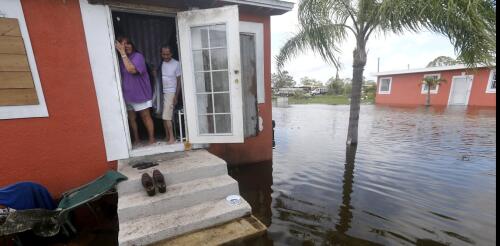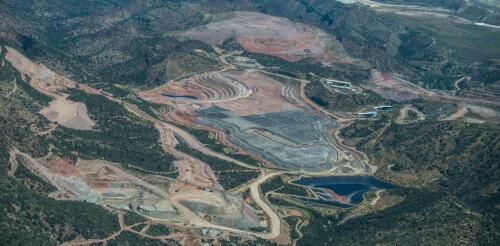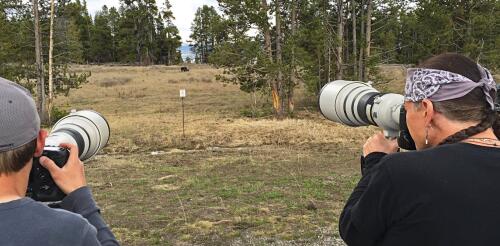environment
Electricity is essential to just about everyone – rich and poor, old and young. Yet, when severe storms strike, socioeconomically disadvantaged communities often wait longest to recover. That isn’t just a perception. We analyzed data from over 15 million consumers in 588 U.S. counties who lost power when hurricanes made landfall between January 2017 and October 2020. The results show that poorer communities did indeed wait longer for the lights to go back on. A 1-decile drop in socioeconomic status in the Centers for Disease Control and Prevention’s social vulnerability index was associated with a 6.1% longer outage on average. This corresponds to waiting an extra 170 minutes on average for power to be restored, and sometimes much longer. The top map shows the total duration of power outages over eight storms by county. The lower map is a comparison with socioeconomic status taken into account, showing that counties w...
A wet winter and spring followed by a hot, dry summer can be a dangerous combination in the Western U.S. The rain fuels bountiful vegetation growth, and when summer heat dries out that vegetation, it can leave grasses and shrubs ready to burn. Drier than normal conditions, like many regions are experiencing in 2024, also raises the fire risk. In years like this, controlled burns and prescribed fire treatments are crucial to help protect communities against wildfires. Well-staffed fire crews ready to respond to blazes are essential, too. The National Oceanic and Atmospheric Administration Climate Prediction Center’s long-range seasonal forecast for summer 2024. NOAA However, on Feb. 8, U.S. Forest Service Chief Randy Moore told agency employees to expect budget cuts from Congress in 2024. His letter was thin on details. However, taken at face value, budget cuts could be interpreted as a reductio...
When Congress opened U.S. public lands for mining in 1872, the nation was less than a century old. Miners used picks, shovels and pressurized water hoses to pry loose valuable minerals like gold and silver. Today, mining is a high-technology industry, but it is still governed by the Mining Law of 1872. As was true 150 years ago, companies can mine valuable mineral deposits from federal lands without paying any royalties to the U.S. Treasury. Even when lands that formerly were available for mining receive new protected status as national parks or monuments, the 1872 mining law protects existing mining claims on those lands. That’s why a company called Energy Fuels Inc. just started mining uranium in January 2024 at a site in Arizona 10 miles from the Grand Canyon and inside a new national monument. Gold prospectors mining at Lake Coeur d'Alene, Idaho, circa 1885. Graphic House/Archive Photos via Getty Images...
After several years of pandemic-driven price spikes at the grocery store, retail food price inflation is slowing down. That’s good news for consumers, especially those in low-income households, who spend a proportionally larger share of their income on food. But there’s more to the cost of food than what we pay at the store. Producing, processing, transporting and marketing food creates costs all along the value chain. Many are borne by society as a whole or by communities and regions. For example, farm runoff is a top cause of algae blooms and dead zones in rivers, lakes and bays. And food waste takes up one-fourth of the space in U.S. landfills, where it rots, generating methane that warms Earth’s climate. Exploring these lesser-known costs is the first step toward reducing them. The key is a method called true cost accounting, which examines the economic, environmental, social and health impacts of food production and consumption to produce a broader p...
One of the biggest privileges of being a primatologist is spending time in remote locations with monkeys and apes, living near these animals in their habitats and experiencing their daily lives. As a 21st-century human, I have an immediate impulse to take pictures of these encounters and share them on social media. Social media can help scientists raise awareness of the species we study, promote their conservation and obtain jobs and research funding. However, sharing images of wild animals online can also contribute to illegal animal trafficking and harmful human-wildlife interactions. For endangered or threatened species, this attention can put them at further risk. My research seeks to find ways for scientists and conservationists to harness the power of social media while avoiding its pitfalls. My colleague, ecologist and science communicator Cathryn Freund, and I think we have some answers. In our view, wildlife professionals should never include themselves in pictures wi...




